Mercedes Trackside Engineering Director Andrew Shovlin has predicted porpoising to be a thing of the past but warns against new aerodynamic “traps” with 2026 Formula 1 regulations.
The incumbent ground effects regulations posed a peculiar problem of porpoising – or a bouncing effect on the straights – during its early years.
Not only did it pose safety problems but also affected the competitiveness of many teams across the grid with a ride-height compromise forced upon them to curb this.
Shovlin suggests that the geometry of the new floors to be used with the 2026 regulations, however, will ensure that porpoising will be eliminated completely.
A flatter floor, akin to the ones run pre-2022, will ensure that aerodynamic phenomenon causing the bouncing on the straights will be discarded.
That said, Shovlin is vary that while porpoising will be a thing of the past, the new regulations are bound to pose different challenges to the teams.
“There’s always going to be traps and there’s always going to be teams that are disappointed with the job they’ve done,” he told media including Motorsport Week.
“You would never walk into a new set of regulations thinking it will be straightforward.
“What you would say is that the regulations move back towards the previous generation of cars where you’re unlikely to get the same issues with the porpoising that affected the start of these regs.
“Even if there were problems like that, with what we’ve learned in the intervening period with the tools we’ve developed to understand aerodynamics, we’d be in a better place to deal with it.”
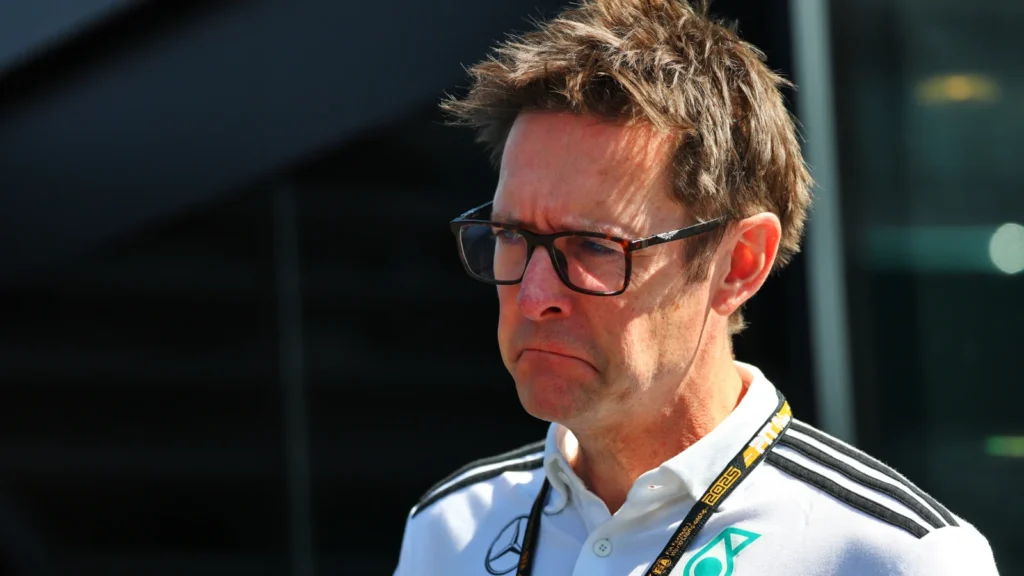
Shovlin expands on “strategic racing” options with 2026 regulations
Alongside the chassis, the power unit regulations will also see sweeping changes. This season will be the last year the sport employs its turbo-hybrid engines.
From 2026 onwards, there will be a 50-50 split between electrical output and combustion energy.
Alongside this, active aerodynamics and a manual override button (akin to IndyCar’s push-to-pass button) will provide strategic options to drivers within their race-craft arsenal.
Shovlin is of the opinion that the inherent construction of the battery unit will mean a smaller window of deployment with a stronger focus towards harvesting.
“It’s definitely a big factor in that there is a shortage of energy and you’ve got to do everything you can to harvest as much as possible,” he explained.
“However, across the grid that’s going to be a similar situation for everyone. When you have that energy shortage it does create strategic opportunity for the driver so understanding where you can deploy it.”
The Briton explained that the new rule-set could mean that overtaking would no longer be a single-move event. Rather, multiple avenues to battle could arise within the span of a single lap.
“There will be examples where it’s relatively easy to pass early on in a lap but you’re going to get retaken later if you actually drove like that. It is the way the formula is going to evolve,” added Shovlin.
“I don’t think it will be necessarily a massive performance area but it will be a big factor in terms of the strategic racing.”
READ MORE – Audi sets ‘realistic’ target ahead of 2026 F1 debut




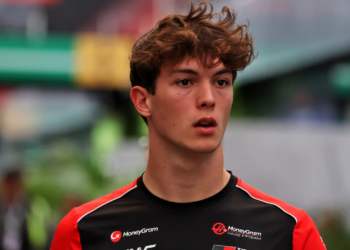

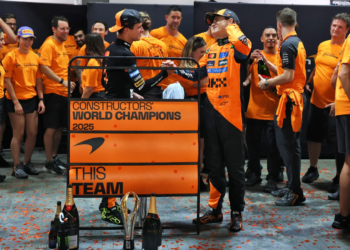
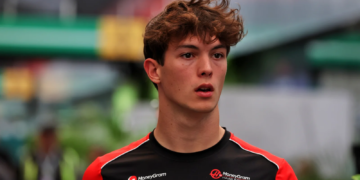

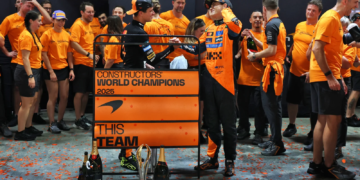
Discussion about this post